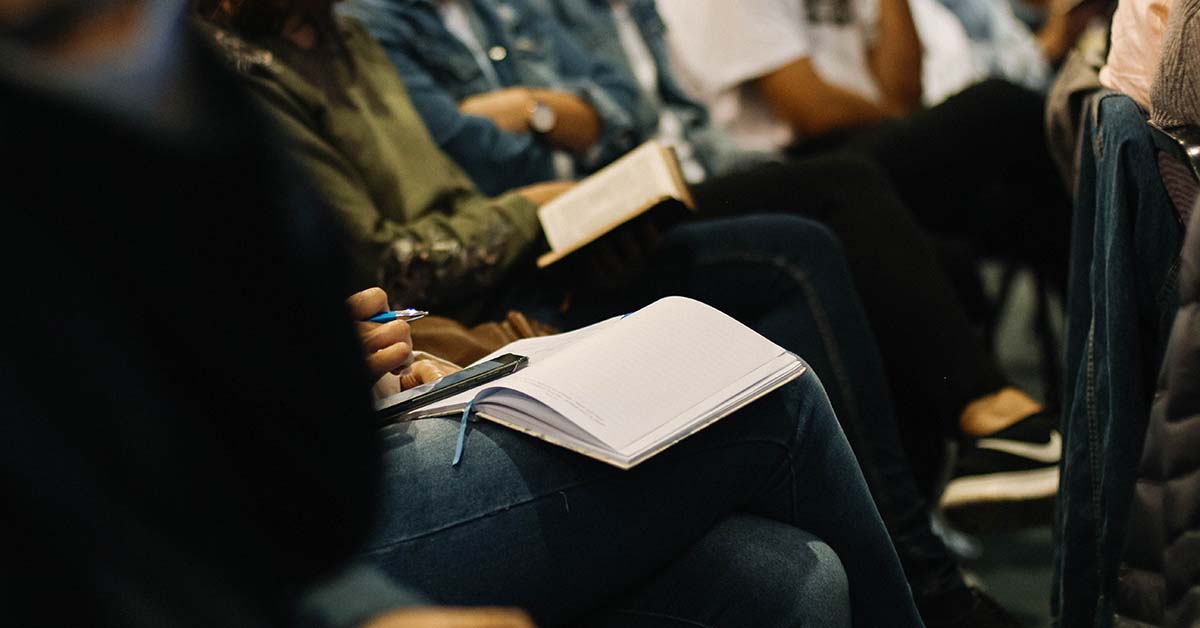
When Great Lessons Fail…
Best if Used By - The Lesson “Shelf Life”
We have all experienced the process of teaching a lesson semester over semester and one day realize that lesson is losing its value. What happened? Did the examples become less relevant? Is the content not relevant anymore? Are the techniques used to teach the content less effective? Did the characteristics of the audience change? These are just a few of the many questions that come up in a situation like this.
In this article, I discuss how to address situations when a lesson seems to be less effective than it once was. Many educators are constantly in the process of refining and adjusting lessons based on observations and testing. We may find an assignment’s description needs more clarity, or a new resource is available. Great educators are always adapting; however, these same educators are faced with the question of if I change something, will it be better than the current lesson. This process of improving a lesson highlights the importance of creativity and innovation in the teaching and learning process.
When educators look to refresh lessons, it becomes important to first examine the various pieces and components that make up the lesson. This means thinking about the lesson as a “learning environment”, made up of multiple connected elements that create the space where learning happens.
The Innovation of Learning Environments
Innovation is not only about change for the sake of change. Innovation is about creating and optimizing value created through learning experiences. When lessons “fail”, it’s important to first identify what specifically needs to be adjusted to achieve a desired result. Furthermore, we may need to re-define what the desired result is.
Changes in learning environments are influenced by enhancing efficiency or effectiveness. The combination of these two factors often drive the type of innovation that will be most successful.
The following diagram illustrates nine common drivers of innovation in learning environments. For example, if a lesson “fails” because there are not enough learners participating, the innovation priority will most likely emphasize efficiency as a way of increasing learner participation. This doesn’t mean that effectiveness is not important. It means that efficiency is the driver of change.

Source: The Innovation of Learning: Visualizing Transformative Learning Environments
The Learning Environment Innovation Taxonomy helps to identify why and how change happens in learning environments. It also provides a framework for planning strategic innovation efforts to enhance learning experiences.
From Instruction to Transformation
At the core of learning environment innovation is transformation. Transformation comes from creating the environments for transformation and learners’ engagement in that environment. This involves engaging in an ongoing innovation process. How do we create learning experiences that live on after a course or lesson? How do you design for transformation?
A transformation-focused learning environment begins by shifting from an instruction-centered approach to a learning-centered approach. In referencing the taxonomy above, innovation of transformative learning environments most likely are emphasized on the left side of the diagram. By design, they are inefficient. Educators must create the conditions for a dilemma to occur through engagement with an experience or ideas. This means encouraging positive curiosity and discovery, not through disorientation, disengagement, or frustration. For this reason, transformative learning environments emphasize the importance of design and innovation.
Prioritizing Learning Innovation
When the inevitable happens, how can educators use innovation strategies to transform learning experiences?
- Collect data. Begin by collecting as much data as possible about the learning experience. This can range from how learner experience the environment to how they perform on lesson assessments.
- Create an “as-is” picture of the learning experience. This helps to build an in-depth understanding of the learning experiences and the influencing issues.
- Identify strategic points of focused transformation. Don’t feel that you have to change the entire learning environment. Identify the areas that will have the greatest influence on improving the lesson.
Subscribe To Our Blog
Most Popular
Post By Topic
- associations (2)
- blended learning (2)
- CLEA (3)
- community of practice (1)
- Continuous Improvement (1)
- covid (1)
- culture (1)
- customer engagement (1)
- Design Studio Session (7)
- designcast (2)
- E-Learning (2)
- engagement (1)
- equity (1)
- ILED (6)
- ILED Designcasts (4)
- Innovation (4)
- learning design (25)
- learning enviroments (22)
- learning innovation, (4)
- Learning Strategy (8)
- LEM Techniques (3)
- micro-credential (17)
- Powered by LEM (5)
- professional learner (2)
- Show Notes (4)
- Skills Gap (2)
- technology (3)
- Uncategorized (11)
- video (1)
- visualization (10)
- Workshops (1)





